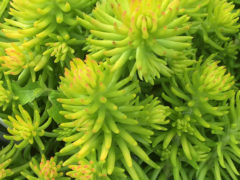
‘Angelina’ golden creeping stonecrop
Sedum reflexum 'Angelina'
Thin, evergreen, spiny golden-yellow foliage radiates around central stem and is tinged russet orange at … Continued
The history of the turfgrass lawn goes back to ancient castles and the need for visibility for security. Fast forward to the 1950s and the middle-class birth of the suburban lawn, and here we are. In our new age of conservation and environmental awareness, alternatives to lawns are beginning to make their way into the mainstream. Collected here are some possibilities to consider when replacing all or a portion of a turfgrass lawn with pollinator-friendly, drought tolerant, no-mow, no chemical “lawnscapes.”
These plants are also:

Sedum reflexum 'Angelina'
Thin, evergreen, spiny golden-yellow foliage radiates around central stem and is tinged russet orange at … Continued
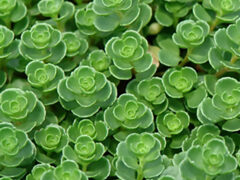
Sedum spurium ‘John Creech’
Dr. John Creech, former director of the U.S. National Arboretum, discovered this Sedum in the … Continued
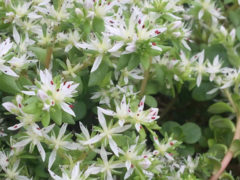
Sedum ternatum
This small, spreading native perennial typically occurs in damp locations along stream banks, bluff bases … Continued
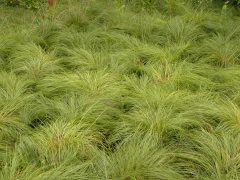
Sporobolus heterolepis
2′ narrow-leaved, fragrant native grass. Incredibly attractive in bloom and seed.
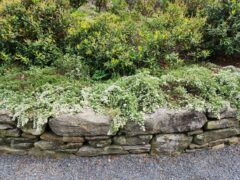
Symphyotrichum ericoides 'Snow Flurry'
The ‘Snow Flurry’ selection has a compact spreading habit and forms a ground cover with … Continued
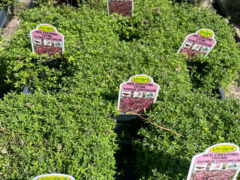
Thymus species
Culinary Thymes English thyme/common thyme (Thymus vulgaris) is the most popular variety of culinary thyme, … Continued
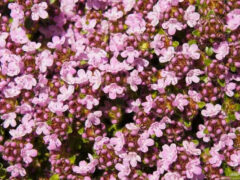
Thymus serpyllum 'Magic Carpet'
Floriferous and aromatic, this low-growing ground cover magically transforms any landscape into a fairy garden. … Continued
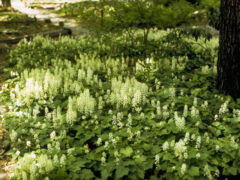
Tiarella cordifolia
Native, mounding ground cover with foamy white flower stalks in early spring. Mature plants send … Continued
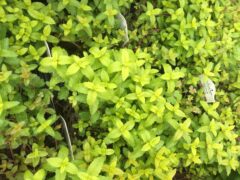
Veronica prostrata ‘Sunshine’
Veronicas produce some of the clearest true blues available in perennials. This easy-to-grow prostrate cultivar … Continued
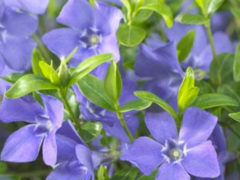
Vinca minor/Vinca major
One of the most popular and widely used ground covers with evergreen leaves and lavender … Continued
Carex albicans
Sometimes called oak sedge, this clumping sedge grows to 15-20″ tall. It is native to … Continued